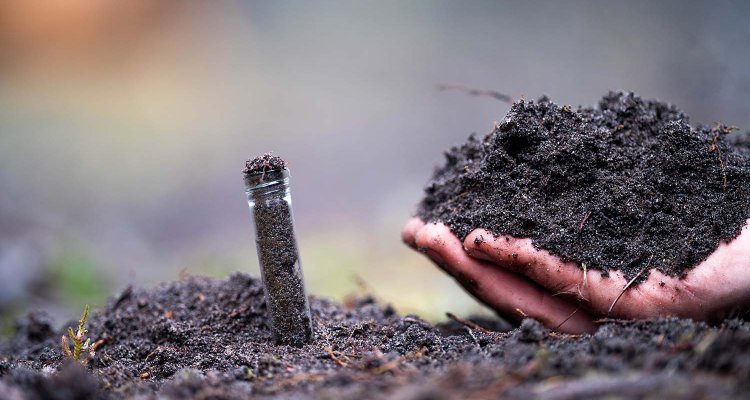
Project
Biodiversity for self-cleaning soils: enhancing a positive feedback for contaminant degradation
Presently 60-70% of Europe’s soils are considered unhealthy, which endangers the soil’s services for biodiversity and the food system. Soil chemical contamination is a significant threat to biodiversity and soil function. However, the capacity of the soil microbiome to degrade contaminants, thereby cleaning soils and potentially enhancing biodiversity, has received little attention.
In this pilot project we test the innovative mitigation approach of harnessing soil biodiversity to reduce chemical risks, stimulating a feedback to increased soil biodiversity in agri-food systems. Hypothesis of this study is that there is a biodiversity-function relationship for chemical degradation under certain conditions.
In this wildcard we study how to reduce the effect of agricultural contaminants that are present in manure and sludge, products commonly applied to soils to improve soil fertility. We do this by manipulating soil biodiversity directly (through inoculation) and indirectly (through addition of a targeted soil amendment). The envisioned reduction of chemical impact may stimulate biodiversity even further, fuelling a positive feedback loop (fig 1).
A pilot experiment was performed in which soil containers were contaminated with a representative set of 5 pharmaceuticals with different chemical properties, representative of land application of contaminated manure/sludge. High and low soil microbial biodiversity were created by inoculation of sterilised soil with two dilutions of a known soil microbial community. To separate biotic and abiotic degradation a contaminated sterile soil without inoculation was also taken along. Two impact scenarios are studied, one scenario without soil amendment, and one scenario where the soil also receives cellulose, with the aim of stimulating degradative fungi.
In all scenarios degradation of pharmaceuticals and their known transformation products were quantified over time, and microbial activity was followed. By correlating microbial biodiversity and contaminant degradation for each scenario, the self-cleaning capacity and microbial biodiversity of each treatment will be assessed.
The objectives of this pilot project are threefold:
- Investigate the hypothesised feedback loop between biodiversity and chemical degradation
- Test the impact of soil amendment in a pilot set-up
- Establish an interdisciplinary collaboration to advance research into microbiome-contaminant interactions